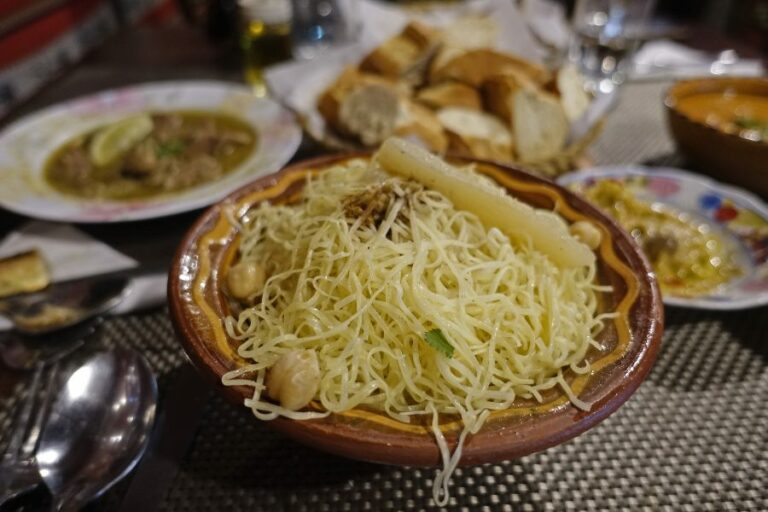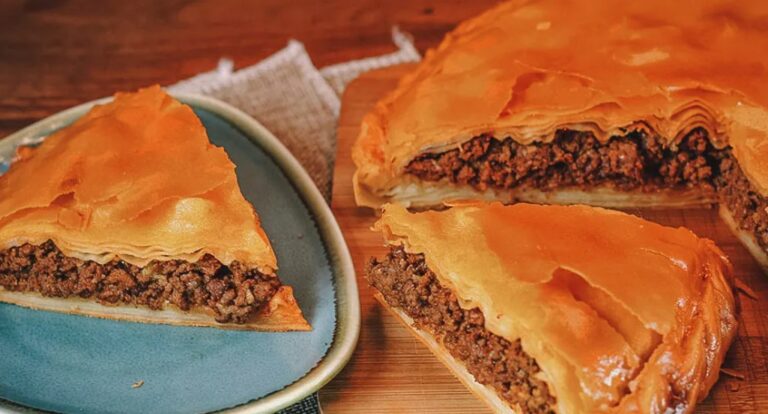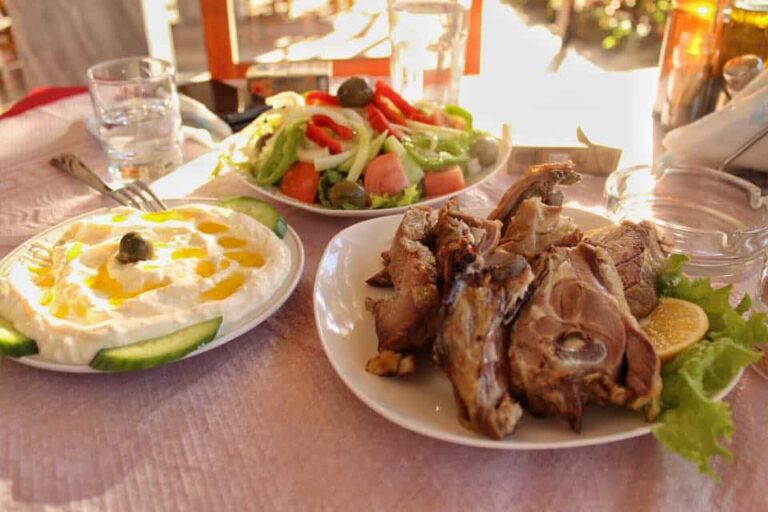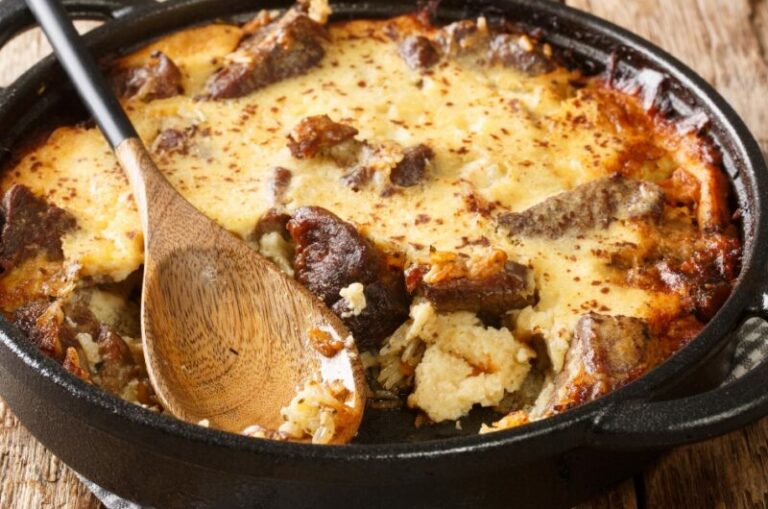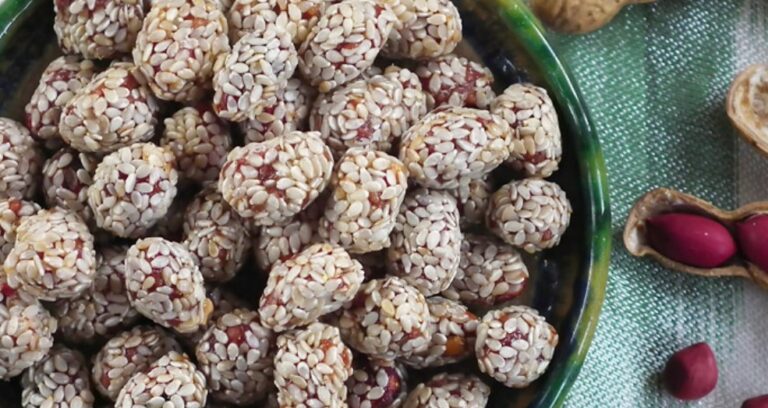Introduction: Discovering Traditional Algerian Soups
Algeria, a country located in the North African region, is known for its rich and diverse culture, which can be observed in its art, music, and most notably, its cuisine. Algerian cuisine is a beautiful amalgamation of Berber, Arabic, and French influences. The country’s cuisine is characterized by the use of aromatic herbs and spices, such as coriander, cumin, and saffron. Algerian cuisine is also known for its use of legumes, grains, and vegetables. One of the most famous and beloved dishes in Algerian cuisine is soup.
The Culinary Art of Algeria
The culinary art of Algeria has been shaped by centuries of cultural exchange and influence. The country’s cuisine reflects the diverse ethnic groups that have inhabited the region throughout history. Algerian cuisine is characterized by its unique combination of flavors, textures, and aromas. The cuisine is a fusion of Arabic, Berber, and French influences, influenced by the Ottoman Empire and the Mediterranean.
The Role of Soup in Algerian Cuisine
Soup is an integral part of Algerian cuisine, and it is a staple dish served during traditional meals. Algerian soups are typically served as a starter, and they are designed to be filling and nutritious. Soup is an essential part of Algerian culture, and it is often served during special occasions such as weddings, religious ceremonies, and family gatherings.
The Ingredients and Flavors of Algerian Soup
Algerian soups are typically made with a combination of vegetables, legumes, grains, and meats. The most common ingredients used in Algerian soups include chickpeas, lentils, lamb, chicken, tomatoes, onions, garlic, and various herbs and spices. Algerian soups are known for their rich and savory flavors, which are achieved by slowly simmering the ingredients together over an extended period.
Traditional Algerian Soups: Examples and Recipes
Some of the most popular Algerian soups include chorba (a spicy lamb and tomato soup), hrira (a lentil and vegetable soup), and shorba frik (a chicken and cracked wheat soup). Recipes for these traditional Algerian soups can be found online, and they are relatively easy to prepare, even for novice cooks.
The Significance of Soups in Algerian Culture
Soup holds significant cultural significance in Algeria, and it is an essential part of traditional Algerian cuisine. Soup is often served during special occasions, and it is believed to bring good luck and blessings to those who consume it. Soup is also used as a healing food, and it is believed to have medicinal properties that can help cure various ailments.
Health Benefits of Algerian Soup
Algerian soups are packed with nutrients and vitamins, making them an excellent choice for those looking to maintain a healthy diet. The use of vegetables, legumes, and grains in Algerian soups provides essential nutrients, such as fiber, protein, and vitamins. The slow-cooking process used in preparing Algerian soups also helps to retain the nutrients, making them even more beneficial for health.
Conclusion: Traditional Algerian Soups Worth Trying
In conclusion, Algerian soups are an essential part of the country’s cuisine and culture. These soups are not only delicious but also packed with nutrients and health benefits. Whether you are a seasoned cook or a novice, trying out traditional Algerian soup recipes is a must. Not only will you be able to experience the rich and vibrant flavors of Algeria, but you will also be able to connect with the country’s rich cultural heritage.




